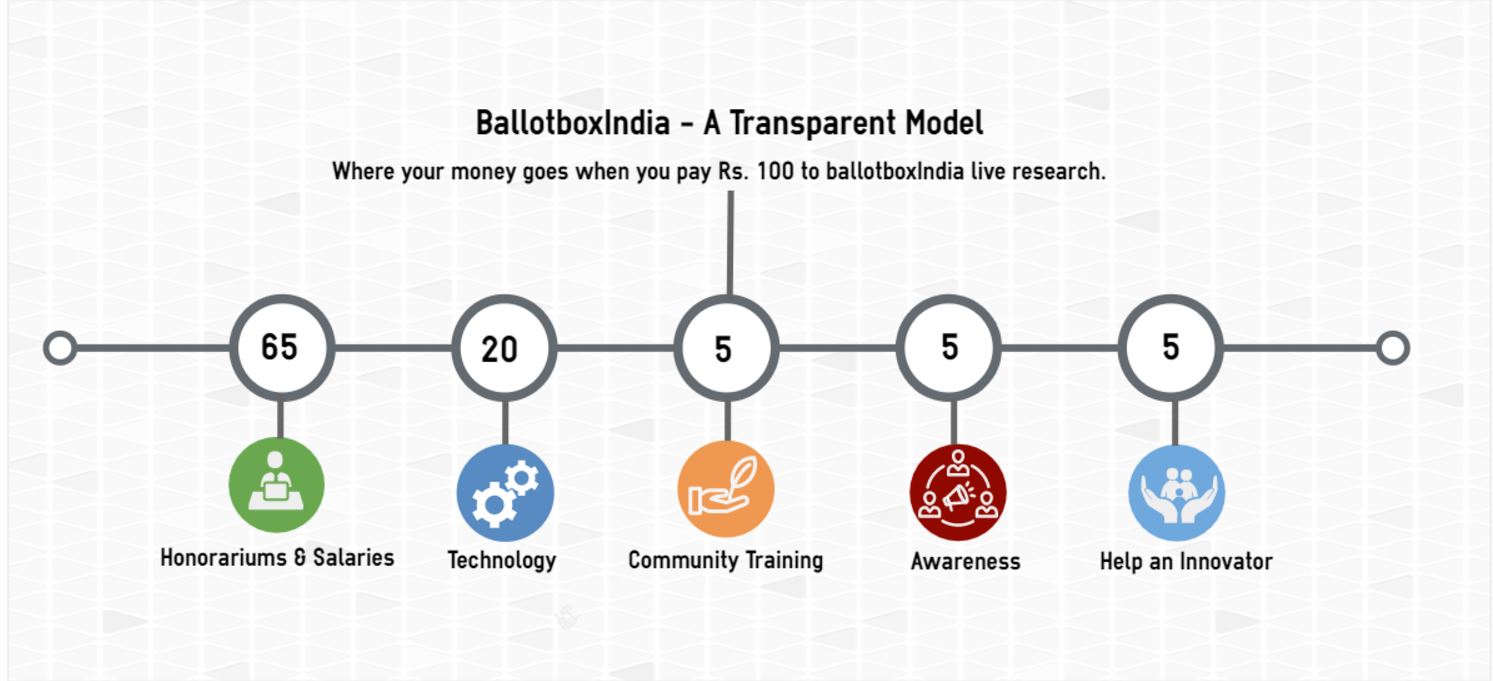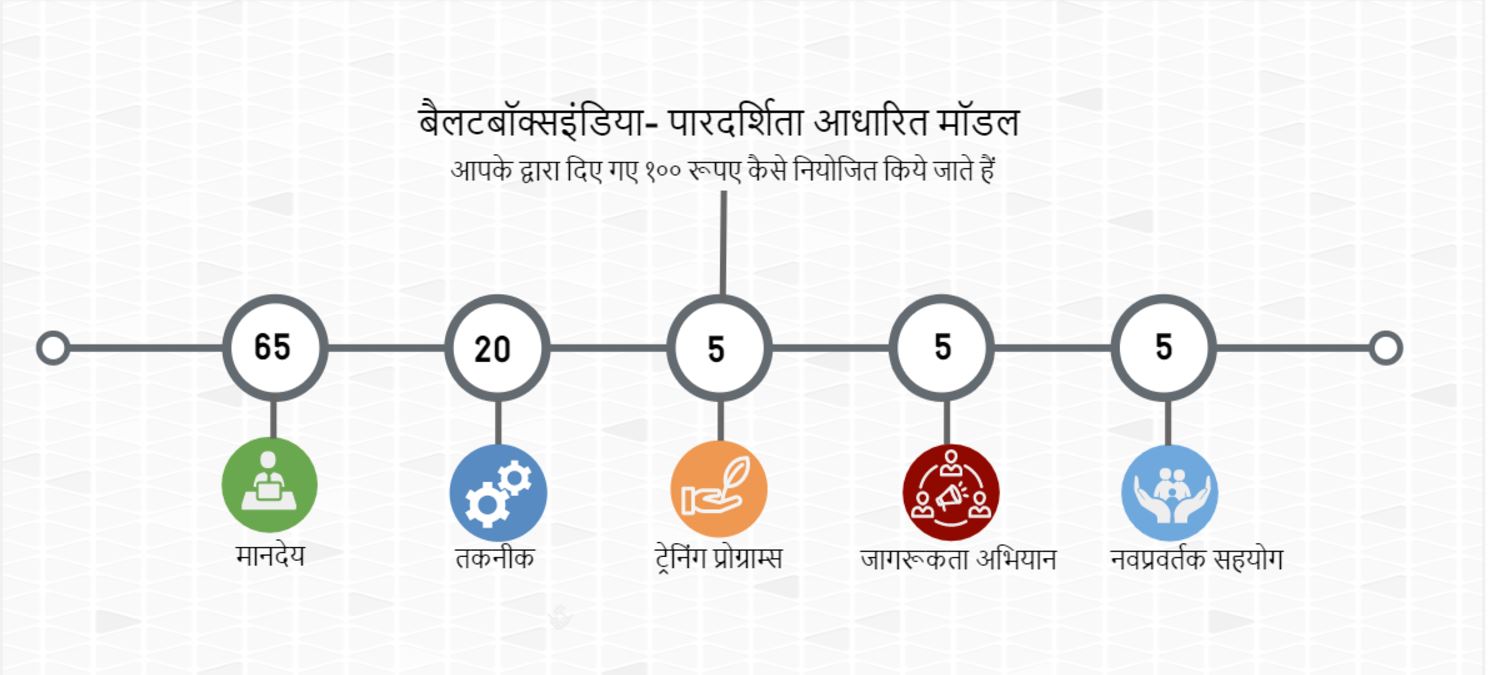Constitutional amendment passed (112nd amendment) paving the right to passage for a "uniform" Goods and Services Tax for India into the next level where state, center, states + states and centers can come and start discussing on exact rates of
SGST - State GST
CGST - Central GST
IGST - Inter State GST
Two major highlights are -
1. The taxes on services and goods which were earlier divided into plethora of different tax heads levied by states, center and in concurrent list are now clubbed into one head each for state, center and concurrent taxation.
2. A major digital infrastructure is now being built to support goods and services taxes.
Consolidation of taxes and making them easier is a welcome step, exact rates between state, center, interstate are yet to come out and its a long way to go till its negotiated and implemented, but it leaves two important sectors out of GST ambit as of now.
1. Petroleum products. - Detailed industrial codes are not out yet, subject to council recommendation.
2. Alcohol - Consumer.
There is a tremendous euphoria around the first step taken in the "right direction", but we need to understand what exactly is GST and what are the socio-economic impacts on citizen lives, community and India's sustainability goals.
With this action group we will research around.
1. How the consumer and labor in India stack against the GST. Do they pay more in the end as suggested and for what kind of goods. i.e. what kind of economic incentives are setup and industries promoted.
2. With Make in India and tremendous inflow of FDI what kind of returns are made and retained on Indian soil and what percentage of returns are taken out.
3. With a push on a more homogeneous market how does local and small businesses stack against big (mostly foreign) businesses.
4. With a push towards global economies, how local mom and pop stores, family businesses who are operating in their communities will look in future.
5. With "support local" push as part of green economics in western economies why India is pushing towards global and long distance trades.
6. With a huge economic incentive now setup for consumerism due to tax structure, how India's natural resources will be kept safe and communities sustainable.
There is a long way to go before the rubber hits the road, but now is the time to start the research and looking at GST from India's sustainability point of view rather than a push in GDP number- Which in our context only means in-equality and more foreign investors getting richer at the cost of our labor and natural resources.
Keep an eye on this space as we go
Team @ballotboxindia
 tag on profile.
tag on profile.




